Grey Schist
( 19 )
Color:
-
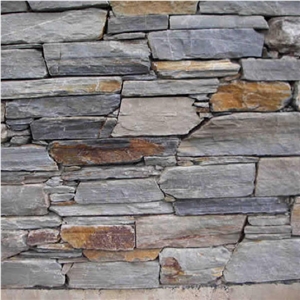
-
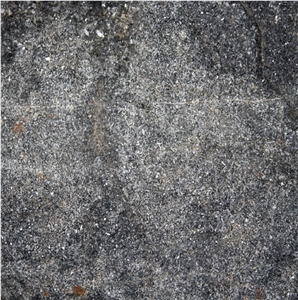 Additional Names:Waitaha Slate,Waitaha QuartziteWaitaha Slate,Waitaha QuartzitePost Request
Additional Names:Waitaha Slate,Waitaha QuartziteWaitaha Slate,Waitaha QuartzitePost Request New Zealand
-Schist
New Zealand
-Schist -
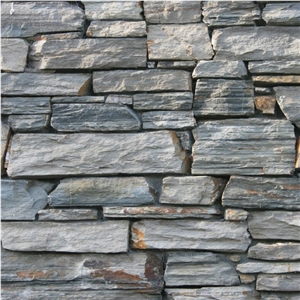
-
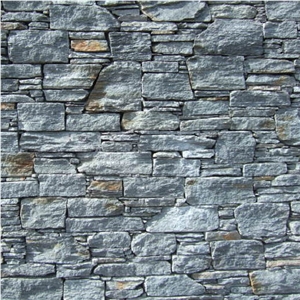 Additional Names:Gibbston Stone,Gibbston Grey SchistGibbston Stone,Gibbston Grey SchistPost Request
Additional Names:Gibbston Stone,Gibbston Grey SchistGibbston Stone,Gibbston Grey SchistPost Request New Zealand
-Schist
New Zealand
-Schist -
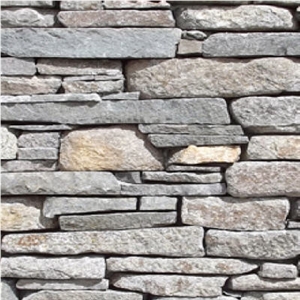
-
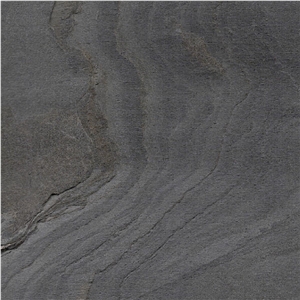 Additional Names:Ocean Mist Gray Schist,Ocean Mist SlateOcean Mist Gray Schist,Ocean Mist SlatePost Request
Additional Names:Ocean Mist Gray Schist,Ocean Mist SlateOcean Mist Gray Schist,Ocean Mist SlatePost Request United States
-Schist
United States
-Schist -
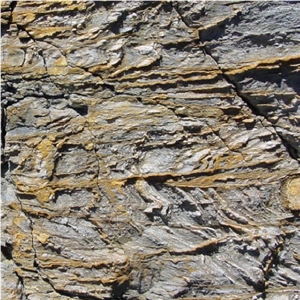 Additional Names:Otago Slate,Otago Stone,Hyde Grey SchistOtago Slate,Otago Stone,Hyde Grey SchistPost Request
Additional Names:Otago Slate,Otago Stone,Hyde Grey SchistOtago Slate,Otago Stone,Hyde Grey SchistPost Request New Zealand
-Schist
New Zealand
-Schist -
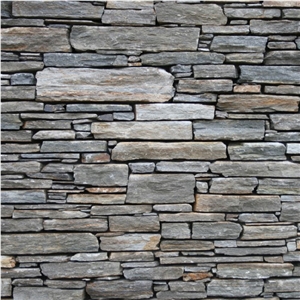
-
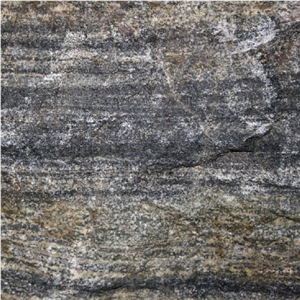 Additional Names:Canyon Creek Stone,Birch Creek SchistCanyon Creek Stone,Birch Creek SchistPost Request
Additional Names:Canyon Creek Stone,Birch Creek SchistCanyon Creek Stone,Birch Creek SchistPost Request United States
-Schist
United States
-Schist -
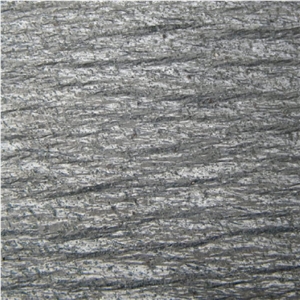
-
 Additional Names:Pennyweight StonePennyweight StonePost Request
Additional Names:Pennyweight StonePennyweight StonePost Request New Zealand - Schist
New Zealand - Schist
-
 Additional Names:Poolburn Schist Stone,Poolburn StonePoolburn Schist Stone,Poolburn StonePost Request
Additional Names:Poolburn Schist Stone,Poolburn StonePoolburn Schist Stone,Poolburn StonePost Request New Zealand - Schist
New Zealand - Schist
-
 Additional Names:Tiger Crowsfoot Gray SchistTiger Crowsfoot Gray SchistPost Request
Additional Names:Tiger Crowsfoot Gray SchistTiger Crowsfoot Gray SchistPost Request United States - Schist
United States - Schist
-

-
 Additional Names:Wood Grained Greywack Stone,Wood Grained Greywack Schist StoneWood Grained Greywack Stone,Wood Grained Greywack Schist StonePost Request
Additional Names:Wood Grained Greywack Stone,Wood Grained Greywack Schist StoneWood Grained Greywack Stone,Wood Grained Greywack Schist StonePost Request United States - Schist
United States - Schist
-

-
 Additional Names:Schist Rouergue,Schist Du AveyronSchist Rouergue,Schist Du AveyronPost Request
Additional Names:Schist Rouergue,Schist Du AveyronSchist Rouergue,Schist Du AveyronPost Request France - Schist
France - Schist
-
 Additional Names:Ouro Preto AnthraciteOuro Preto AnthracitePost Request
Additional Names:Ouro Preto AnthraciteOuro Preto AnthracitePost Request Colombia - Schist
Colombia - Schist
-
 Additional Names:Schist Montdardier,Montdardier Schist,Schiste De MontdardierSchist Montdardier,Montdardier Schist,Schiste De MontdardierPost Request
Additional Names:Schist Montdardier,Montdardier Schist,Schiste De MontdardierSchist Montdardier,Montdardier Schist,Schiste De MontdardierPost Request France - Schist
France - Schist
- 1
-
Can New Zealand's Toaroha Schist be used exterior applications in very humid climates?Toaroha Schist is a type of metamorphic rock found in New Zealand. While it is generally suitable for exterior applications, its performance in very humid climates may depend on various factors such as the specific location, maintenance, and finish applied to the stone. In humid climates, the presence of moisture can potentially affect the durability and appearance of natural stones. Excessive moisture can cause certain types of stone to deteriorate, discolor, or create conditions for mold and mildew growth. Therefore, it is essential to consider the specific conditions and take appropriate measures to ensure the longevity of Toaroha Schist in humid climates. To mitigate potential issues, the stone should be properly sealed to protect its surface from moisture absorption. A high-quality sealant will help to reduce the risk of water penetration and minimize the effects of humidity. Regular maintenance, such as cleaning and resealing, may also be required to ensure the stones performance in a humid environment. It is advisable to consult with a local stone supplier or a professional architect who has experience with natural stones in humid climates. They will be able to provide specific guidance on the suitability of Toaroha Schist for your project and recommend appropriate treatments to enhance its performance and durability in such conditions.Read More
-
What is the coefficient of friction of Water Jet Cut New Zealand's Clutha Schist tiles?The coefficient of friction of Water Jet Cut New Zealands Clutha Schist tiles can vary depending on various factors such as the surface finish of the tiles, the presence of any sealants or coatings, and the specific conditions in which the tiles are installed. In general, the coefficient of friction for natural stone tiles such as Clutha Schist can range from 0.4 to 0.9, with higher values indicating greater friction. However, it is recommended to consult with Water Jet Cut New Zealand or refer to the product specifications for accurate information on the coefficient of friction for their specific Clutha Schist tiles.Read More
-
What grade is United States's Crowsfoot Schist?I cannot find any information that states that the United States has a geological grade named Crowsfoot Schist. It is possible that this information is incorrect or incomplete. Can you please provide more context or clarification?Read More
-
Can Austria's Stattenberg Schist be used in landscaping?Yes, Austrias Stattenberg Schist can be used in landscaping. Schist is a versatile and durable metamorphic rock, characterized by its unique grain structure and color variations. With its natural beauty, Stattenberg Schist can be used for various landscaping purposes, such as patio and pathway construction, wall cladding, garden edging, and decorative features. The rich colors and textures of Stattenberg Schist can add a unique and elegant touch to any outdoor space.Read More
-
Can New Zealand's Alexandra Brown Schist be used exterior applications in very windy climates?Yes, Alexandra Brown Schist can be used for exterior applications in very windy climates. Schist is a strong and durable natural stone that has been used for centuries in construction and landscaping. It has excellent weather resistance and can withstand the impact of strong winds without any issues. However, it is always recommended to consult with a local expert or architect to ensure that the specific installation and design considerations are taken into account for the best outcome in windy climates.Read More
-
Can United States's Bradshaw Schist be used in a office?Bradshaw Schist is a type of metamorphic rock that is found in the United States. While it can be used in various applications, including building facades, countertops, and flooring, it may not be the most ideal choice for an office setting. The suitability of Bradshaw Schist for an office depends on a few factors: 1. Aesthetics: Bradshaw Schist has a unique and natural appearance, with its layers and textures. If you are looking for a distinctive and rustic look, it can add character to an office space. However, it may not be suitable for a more modern or formal office design. 2. Durability: Bradshaw Schist is a relatively hard and durable rock, making it suitable for high-traffic areas. However, it is important to consider the specific usage requirements of an office. Heavy furniture and equipment, constant foot traffic, and the potential for spills or heavy impacts could cause damage to the stone over time. 3. Maintenance: Like other natural stones, Bradshaw Schist requires regular maintenance and care to retain its appearance. It may need to be sealed periodically to prevent stains or water damage. Additionally, it can be more challenging to clean compared to other surfaces like laminate or porcelain tile. Considering these factors, while Bradshaw Schist can be used in an office, it is important to carefully evaluate its suitability for your specific needs. It is advisable to consult with a professional interior designer or architect who can help assess the viability of using Bradshaw Schist in your office space and suggest alternatives if required.Read More
-
Can France's Schist du Rouergue be used outdoors?Yes, Frances Schist du Rouergue can be used outdoors. Schist is a type of metamorphic rock that is known for its durability and weather resistance. It can withstand exposure to different weather conditions, making it suitable for various outdoor applications such as paving, landscaping, and cladding. Additionally, Schist du Rouergue is particularly preferred for outdoor use due to its aesthetic appeal and unique texture.Read More
-
What is the coefficient of friction of Pickled New Zealand's Wakatipu Green Schist tiles?The coefficient of friction of a specific type of tile, such as Pickled New Zealands Wakatipu Green Schist tiles, would need to be determined through testing. The coefficient of friction measure how slippery or resistant to sliding a surface is when in contact with another material. It depends on various factors including the texture, finish, and materials used in the tile. To find the coefficient of friction for Wakatipu Green Schist tiles, you would need to consult the technical specifications or contact the manufacturer or supplier of the tiles. They may have conducted tests to determine the coefficient of friction and should be able to provide you with this information.Read More
-
Can United States's Ranchers Blend Schist be used in a kitchen?Yes, United Statess Ranchers Blend Schist can be used in a kitchen. Schist is a type of metamorphic rock that is formed through the transformation of existing rocks under intense heat and pressure. It is known for its natural beauty and unique texture, making it a popular choice for kitchen countertops, backsplashes, and flooring. However, it is important to properly seal and maintain schist surfaces to prevent staining and damage from acidic substances commonly found in kitchens.Read More
-
Is United States's Copper Creek Blend Schist an expensive stone?The cost of United Statess Copper Creek Blend Schist can vary depending on factors such as availability, location, size, and quality. Generally, natural stone like schist tends to be more expensive compared to man-made alternatives. It is best to contact suppliers or local stone yards for specific pricing information.Read More
-
Can Austria's Stattenberg Schist be used in a bathroom?Yes, Austrias Stattenberg Schist can be used in a bathroom. Schist is a type of metamorphic rock that is known for its durability and ability to resist water absorption. It is commonly used as a stone material in bathrooms for countertops, flooring, walls, and even in showers. The unique texture and color variations of Stattenberg Schist can add a beautiful and natural aesthetic to a bathroom design. However, it is always advisable to consult with a professional stone supplier or installer to assess the specific characteristics and suitability of the schist before making any final decisions.Read More
-
How thick is New Zealand's Alexandra Brown Schist slabs?The thickness of New Zealands Alexandra Brown Schist slabs can vary, but they are typically around 20-30 millimeters thick.Read More
-
Can United States's Ranchers Blend Schist be used exterior applications in very dusty climates?It is not recommended to use United Statess Ranchers Blend Schist for exterior applications in very dusty climates. Schist is a type of metamorphic rock that can be quite porous, meaning it can absorb moisture and particles from the air. In a dusty environment, the particles can easily get trapped in the pores of the stone and cause staining or discoloration over time. Additionally, the constant exposure to dust and other airborne particles can also accelerate the weathering process of the stone, causing it to deteriorate more quickly. Therefore, it is advisable to choose a more suitable material for exterior applications in very dusty climates.Read More
-
Can United States's Black Pearl Schist be used outdoors?Yes, United Statess Black Pearl Schist can be used outdoors. Schist is a durable type of metamorphic rock that can withstand exposure to the elements, making it suitable for outdoor applications such as landscaping, paving, veneers, and other exterior uses. However, it is important to note that specific climate conditions and environmental factors may affect the long-term durability and maintenance requirements of the stone. It is recommended to consult with a professional or supplier for further guidance on the specific use and maintenance of Black Pearl Schist in outdoor applications.Read More
-
What grade is New Zealand's Antipodia Schist?New Zealands Antipodia Schist does not have a specific grade designation, as it is a type of metamorphic rock found in the country. The grade of a schist can vary depending on its specific mineral composition and physical properties.Read More
-
Can United States's Copper Creek Blend Schist be used exterior applications in cold climates?Yes, United States Copper Creek Blend Schist can be used in exterior applications in cold climates. Schist is a durable and strong natural stone that is resistant to freeze-thaw cycles, making it suitable for use in harsh weather conditions. However, it is always recommended to consult with a professional stone supplier or installer to ensure that the specific type of schist being considered is suitable for the intended application and climate.Read More
-
What is the coefficient of friction of Filled New Zealand's Pennyweight Schist tiles?To determine the coefficient of friction of a specific type of tile, you would need the assistance of a material testing laboratory or refer to the manufacturers specifications for the Pennyweight Schist tiles. Coefficients of friction vary depending on the surface conditions, including the degree of roughness, moisture content, and other factors. Without specific information about the surface conditions and testing results of the Pennyweight Schist tiles, it is not possible to provide an accurate value for their coefficient of friction.Read More
-
What is the coefficient of friction of Combed United States's Anasazi Schist tiles?The coefficient of friction of Combed United Statess Anasazi Schist tiles can vary depending on factors such as surface finish, moisture, and specific conditions. It is recommended to contact the tile manufacturer or supplier to obtain the exact coefficient of friction for the specific product of interest.Read More
-
Is Austria's Stattenberg Schist an expensive stone?I dont have access to current market prices for construction materials, including Stattenberg Schist. However, it is generally considered a premium quality natural stone used in high-end building and landscaping projects, which often comes at a higher price point compared to other types of stone. The cost may also vary depending on factors such as the size, thickness, and finish of the stone. Its best to consult with a local supplier or stonemason for prices in your specific area.Read More
-
Can Australia's Callide Mica Schist be used exterior applications in very dusty climates?Australias Callide Mica Schist can certainly be used for exterior applications in dusty climates. Mica schist is a type of metamorphic rock that is known for its durability and resistance to weathering. It has a high mineral composition, consisting primarily of mica, quartz, and other minerals. The presence of mica in the schist gives it a sparkling appearance and enhances its resistance to heat, moisture, and dust. Mica itself is resistant to chemical weathering, making it suitable for dusty environments where it can withstand the abrasive action of dust particles blown by wind. In addition, Callide Mica Schist is often used for architectural purposes like wall cladding, paving, and landscaping. Its natural beauty, strength, and resistance to wear make it an excellent choice for exterior applications in dusty climates. However, it is important to note that proper maintenance and care are still necessary to ensure the longevity and appearance of the stone. Regular cleaning and sealing can help prevent dust buildup and preserve the schists aesthetic appeal over time. Overall, Australias Callide Mica Schist is a suitable choice for exterior applications in very dusty climates due to its durability, resistance to weathering, and ability to withstand abrasive dust particles.Read More





